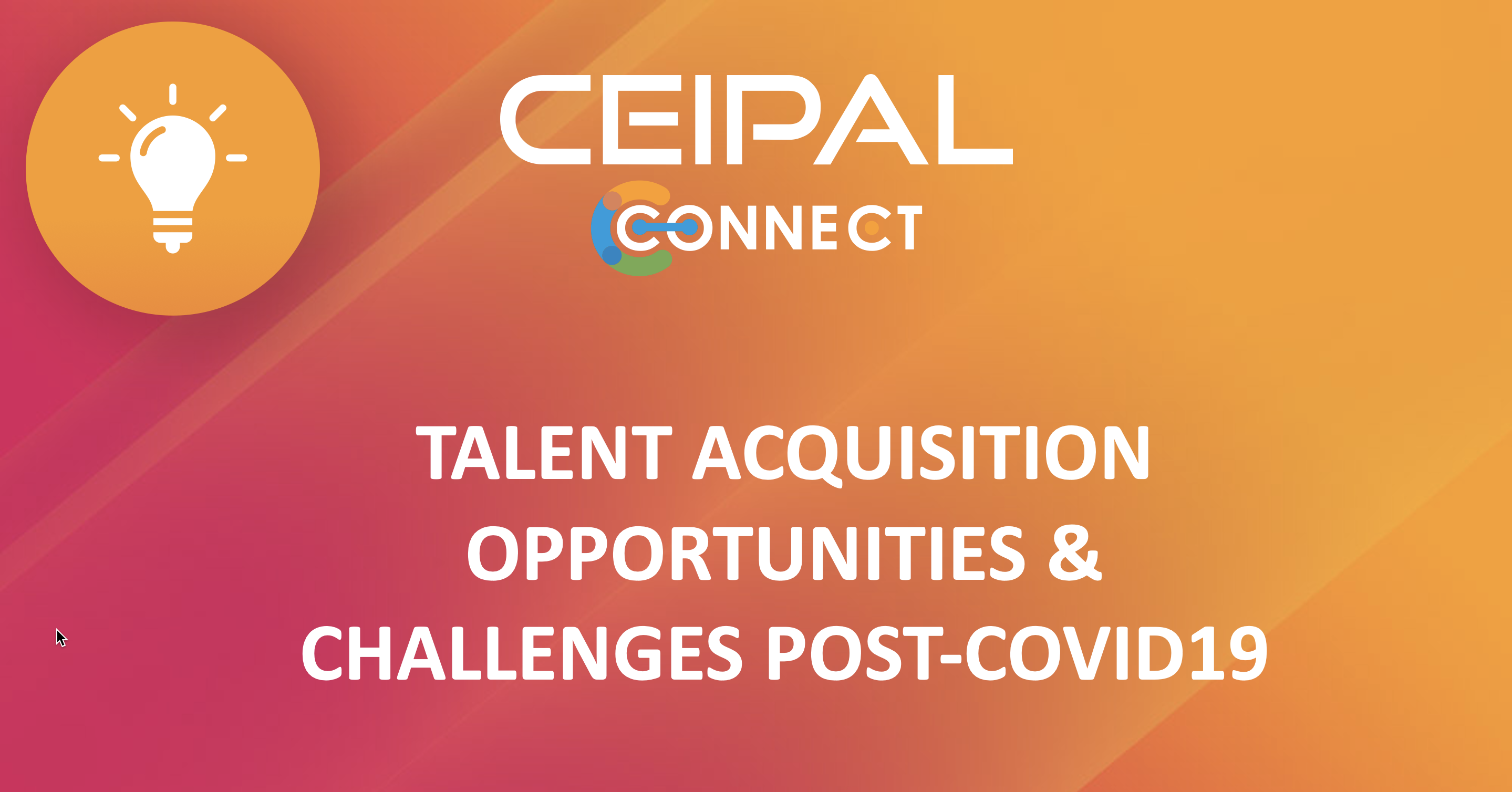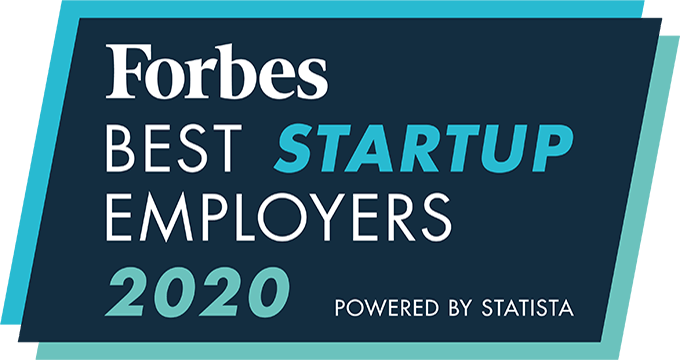In response to the pandemic, the talent acquisition industry faces a number of unique challenges. In this session, CEIPAL CEO & Founder, Sameer Penakalapati, calls on a panel of experts to discuss some of what talent acquisition post COVID19 will look like.
Watch the Replay
Moderator: Sameer Penakalapati (CEO & Founder, CEIPAL Corp.)
Presenters: John W. Healy (VP, World Employment Confederation); Anunay Sahay (Senior Manager – Corporate Strategy, Quess Corp Limited); Louise Triance (Partner Manager, Rectec)
As the impact of the pandemic on our daily lives (and the global economy) remains unpredictable, many companies are reluctant to make permanent decisions about how they intend to operate in the long term. This environment presents many challenges to recruiters and staffers. However, the constantly changing nature of the workplace may also provide an opportunity to establish positive change for both their businesses and the industry at large.
How COVID-19 has Already Impacted Talent Acquisition
The pandemic’s impact on the economy, specifically unemployment rates, has already dramatically changed the talent acquisition industry. Many workers who had lost their jobs following initial restrictions are back on the market looking for work, and recruiter’s databases are now overcrowded with potential candidates.
The nature of work itself has also become unclear. Blue collar jobs are performed under new (and ever changing) restrictions. Many white-collar workers find themselves in a seemingly never-ending transitional period of adjusting to new technology at home, and wondering when, if ever, they will return to a traditional office setting.
With so many families and communities disproportionately affected by COVID-19, recruiters and staffers need to become more aware of the distinctly human aspect of their work.
Developing New Key Performance Indicators (KPIs) in the Workplace
One unique challenge is figuring out how to evaluate employee performance in this new, dynamic work environment. This applies less to blue-collar workers, who have daily actions to be performed out in the world that can be tracked without much trouble. But white-collar jobs being performed remotely can be harder to evaluate. Many workers are simply uncomfortable having their keystrokes tracked and webcams monitored constantly. This is a problem that will require some experimenting to resolve. Microsoft Teams, for instance, allows employers to track when workers step away from the system, and can provide comprehensive data for evaluation. But new, more reliable systems are needed, and it’s important to remember that the future of the workplace is experiential.
Diversification/Inclusion in the Workforce Should be a Priority in Talent Acquisition Post COVID19
Recruiters need to acknowledge that their customers today are increasingly concerned with how companies are handling issues of diversity and inclusion in the workplace. Women have become significantly underrepresented after being rightfully compelled to stay at home and care for their families. Staffing firms can (and should) view this as an opportunity to do something innovative and positive in their field. The Mom Project, for example, is a company focused specifically on placing working mothers in world-class positions. Kelly Discover is another leader in this area, aiming to find optimal positions for those in the neuro-diverse community. Bottom line, if you provide unique value to a defined community of people, then you provide a service that will be in tremendous demand inside the marketplace.
Three Challenges to Consider Going Forward
- Trust. Employers need to develop better methods for trusting that the work is getting done, and employees need to be sure that companies are doing everything they can to provide a safe work environment and adequate opportunities for advancement.
- Clarity. There is a growing lack of clarity as to what employers want their workers to accomplish and how they want their organizations to operate.
- Simplification. The growing prevalence of remote work has prompted employers to consider where they have unnecessary complexity in the work environment and how this might be mitigated. The talent acquisition industry can shine here by making third-party hiring services as simple and reliable as possible.
For professionals invested in talent acquisition post COVID19, the above three points will be critical for success.









